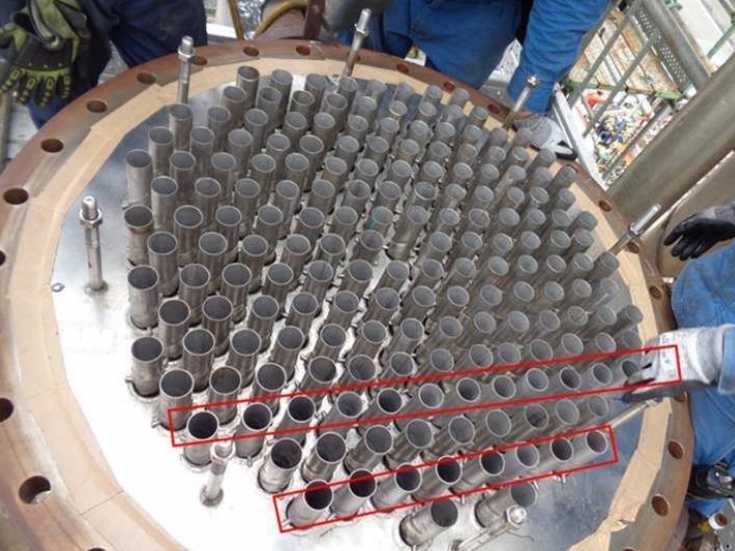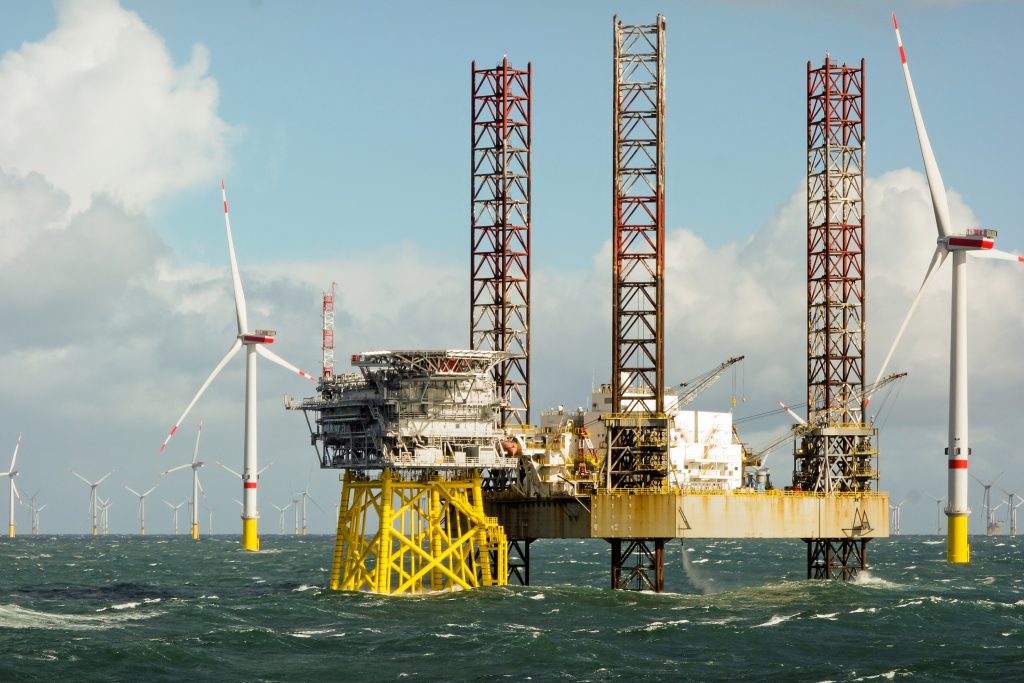Manufacturing service provider 3D Metalforge has utilized its in-house 3D printing capabilities to rapidly manufacture and supply heat exchanger parts to one of oil and gas firm Shell’s offshore facilities.
Manufactured in a limited run, the specialized mini piping is designed to be fitted onto heat exchangers or condensers, to improve their thermal management properties and reduce their likelihood of failure. By extending the usable life of these parts, and supplying them at a record-breaking pace, 3D Metalforge says it has effectively helped Shell minimize equipment downtime at its site on Jurong Island.
“We were extremely pleased to provide our AM technologies for this project for Shell Jurong Island in record time which ultimately helped improve the lifespan of existing equipment,” said Matthew Waterhouse, MD of 3D Metalforge. “We work every day to provide greater value to our clients and this is an excellent validation of the benefits of our technology and of the increasing adoption of AM.”

3D Metalforge’s offshore expansion
With a strong portfolio of SLM, DED, MJF and FFF 3D printers plus post-processing machines, 3D Metalforge is able to offer a range of production, design consultancy and related training services. While the firm’s offering has previously attracted the attention of clients from the energy and defense sectors, it primarily addresses the marine industry, and has increasingly begun to target oil and gas applications too.
Back in 2017, the company opened its Additive Manufacturing Centre (AMC) in Singapore, a complex with end-to-end production capabilities, built to target the marine, oil and gas and construction industries. Since then, the service provider has signed two memoranda of understanding (MoU) with the Maritime and Port Authority of Singapore, and expanded with a new 21 system-strong print farm.
To fuel this continued growth, 3D Metalforge opted to go public on the ASX earlier this year, in a move that has seen it raise A$10 million in capital. Following its IPO, the firm later unveiled a new factory in Texas, opened a Hybrid Wire Arc system (W-HAAM)-equipped ‘AM port facility’ and became a certified pump impeller supplier for Flowserve, reflecting its growing standing as an offshore part expert.

Meeting Shell’s offshore demand
Much like 3D Metalforge, Shell Jurong Island or ‘SJI’ is based in Singapore, and its production and export facilities there represent its largest in the Asia-Pacific region. At the complex, located 5 km off the country’s shore on a private island, SJI produces chemicals such as ethylene oxide, styrene monomers and polyols, which are the base ingredients for things like resins, polystyrene and elastomers.
Deep inside this private offshore facility, the company’s manufacturing process relies on the use of large circular heat exchangers and condensers, which feature an array of thin-walled metal tubes. Inserted into the inlet-end of their host structures, these tiny pipes are designed to regulate heat and prevent costly failures that could cause SJI’s chemical production workflow to grind to a halt.
Given the offshore nature of the base, getting hold of spares can be an expensive and time intensive business, thus Shell has now turned to 3D Metalforge’s services, in an effort to expedite its maintenance process. To begin with, the service bureau worked closely with SJI, to get an understanding of the tubing’s performance requirements from its engineers.
Using this feedback, 3D Metalforge then digitized the part, before rapidly 3D printing, post-processing and gaining certification for them. During post-production, the components were even subjected to an extensive quality review stage, in which they underwent stringent integrity testing, as a means of ensuring they met SJI’s exact specifications for end-use.
Ultimately, 3D Metalforge was able to accelerate the tubing’s production, reducing its lead time to just two weeks, while creating it more cost-effectively to boot. In doing so, the firm believes it has not just helped SJI extend the lifespan of its equipment, but proved 3D printing’s efficacy for rapidly manufacturing spares, which in their absence, would “significantly impact on clients’ operations.”

AM’s oil and gas opportunity
By their very nature, maritime oil and gas rigs mine in remote locations, far away from the traditional manufacturing facilities needed to produce spares, making their machinery vulnerable to potential breakdowns. To get around this, a growing number of firms both inside and outside the sector, are beginning to examine 3D printing’s potential for creating components as and when they’re needed.
Just last month, energy services provider Hunting PLC acquired more than 25% of Cumberland Additive, a manufacturing bureau with a portfolio of 16 3D printers, as well as CNC machines and metal finishing equipment. The move could see Hunting apply these 3D printing capabilities within its core oil and gas markets, and deploy them as a way of entering the lucrative aerospace and defense sectors.
Optical system manufacturer Carl Zeiss has also worked with SENAI and Petróleo Brasileiro recently to assess the potential of 3D printing in Brazil’s oil and gas sector. Since January 2021, the firms have been co-developing and validating optimized processing parameters for LPBF and DED 3D printing critical oil and gas components, with the aim of delivering measurable results to market by 2023.
Likewise, certification firm DNV GL released a 3D printing service specification document in March 2021, which is designed to support the technology’s adoption within oil and gas. By laying out its qualification scheme in black and white, and detailing how to obtain and retain 3D printing-related certificates, the firm aims to help the industry integrate additive manufacturing as efficiently as possible.
To stay up to date with the latest 3D printing news, don’t forget to subscribe to the 3D Printing Industry newsletter or follow us on Twitter or liking our page on Facebook.
For a deeper dive into additive manufacturing, you can now subscribe to our Youtube channel, featuring discussion, debriefs, and shots of 3D printing in-action.
Are you looking for a job in the additive manufacturing industry? Visit 3D Printing Jobs for a selection of roles in the industry.
Featured image shows 3D Metalforge’s 3D printed tubing fitted to Shell’s offshore heat exchanger. Photo via 3D Metalforge.



